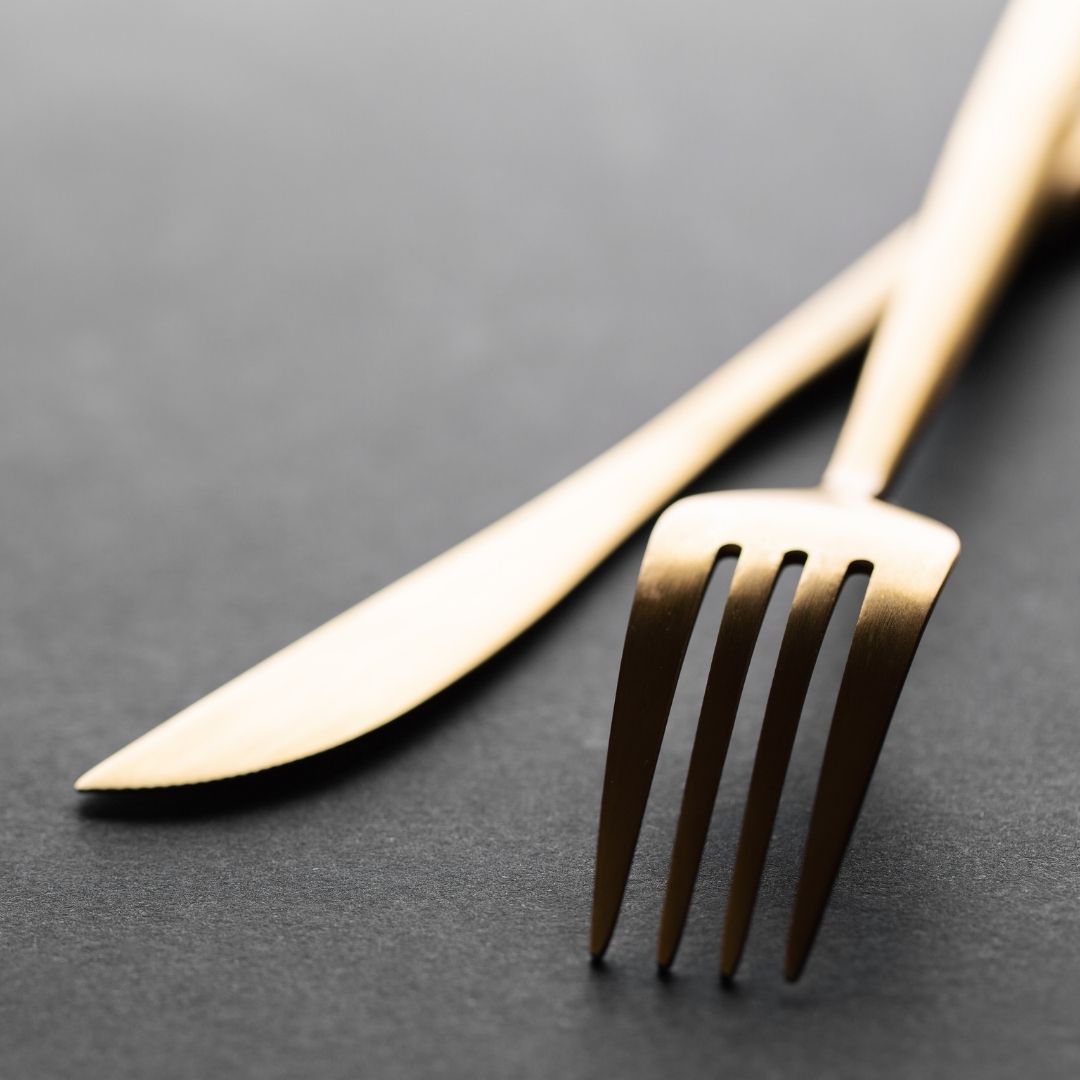
Table Manners Are Back at the Table
Once the basic tables manners have been established at home, it’s time to venture out to continue educating your children in the social rights and wrongs of dining etiquette in public. Watch out for our follow up in this series on “Eating Out”.
With the pressure on parenting etiquette in modern society and the laws governing how you handle your children, ranting and raving at them in a threatening manner (your “stern” tone) in public can be seriously frowned upon and even misunderstood. How then do you dare to venture out to eat in public with a motley crew of youngsters? Continuing our series on dining etiquette, we give parents some more tips on the importance of teaching table manners at an early age, and just how to brave a lunch or night out at a restaurant.
Eating out
Consider the type of establishment: Gradually introduce your children to eating out. Start with places that are clearly kid-focused (for instance places that have kids menus, colouring books, high chairs or play areas), before slowly moving up to more formal, “white tablecloth” establishments – and only do so if you feel confident that your children are ready. Show them it’s a treat; something to be earned as a reward for the right behaviour. Introducing your children to the management as you enter also helps. This way, you can also gauge if they are welcoming to families. (A skew look or eye roll towards your brood may indicate that they’re not!)
Consider age: Newborns are often quiet enough to let you eat out. However, colicky or fussy babies are best not taken out. Screaming or misbehaving children should be removed from the table and vicinity to respect other diners, and to show that actions have consequences. This is especially true for toddlers, who typically need toys/colouring books and outside space. A deck of cards takes up little space, and can be enjoyed by the whole family (depending on how your kids handle competition, that is). If you are in a nightmarish scenario with a child who won’t follow protocol, remember that how you handle it is key. Often, the parent overreacts, which can make the situation worse.
Take heed of time: Going out for lunches, before dinners, is a great way to get kids used to eating out with less of the stress that comes from dinner-time dining. If you have young kids, book an early dinner when restaurants are quieter than during the 7PM dinner rush.
Talk table manners: While cultures differ on some aspects of etiquette, there are some general table rules that apply in western establishments:
• Salt and pepper should be passed across the table together as a set.
• Cutlery is used from the outside in. The dessert fork is usually for pushing, while the spoon is for eating from (unless it’s cake). The number of flatware (plates) indicates how many courses will be served. In some places, it can be as many as seven.
• To show you have not finished your meal, but are merely resting: place knife parallel but apart or in an x or pointed inwards, with tips not touching and fork tines up.
• When you have finished, your fork and knife should be left together and parallel, at the 11 o’clock position, with the fork tines still up (in European or continental countries, the fork tines should be down). Placing your used napkin to the left of your plate is also another way to show that your setting can be cleared.
• When eating soup, tilt the spoon away from you and tilt the bowl away when you are getting to those last mouthfuls.
Of course, parents should remember that it’s not all about instructing their children on right and wrong table manners. You have to model proper manners yourself. Say please/thank you, treat the waitrons well, and tip well if your brood have been unruly and are still learning their etiquette.



